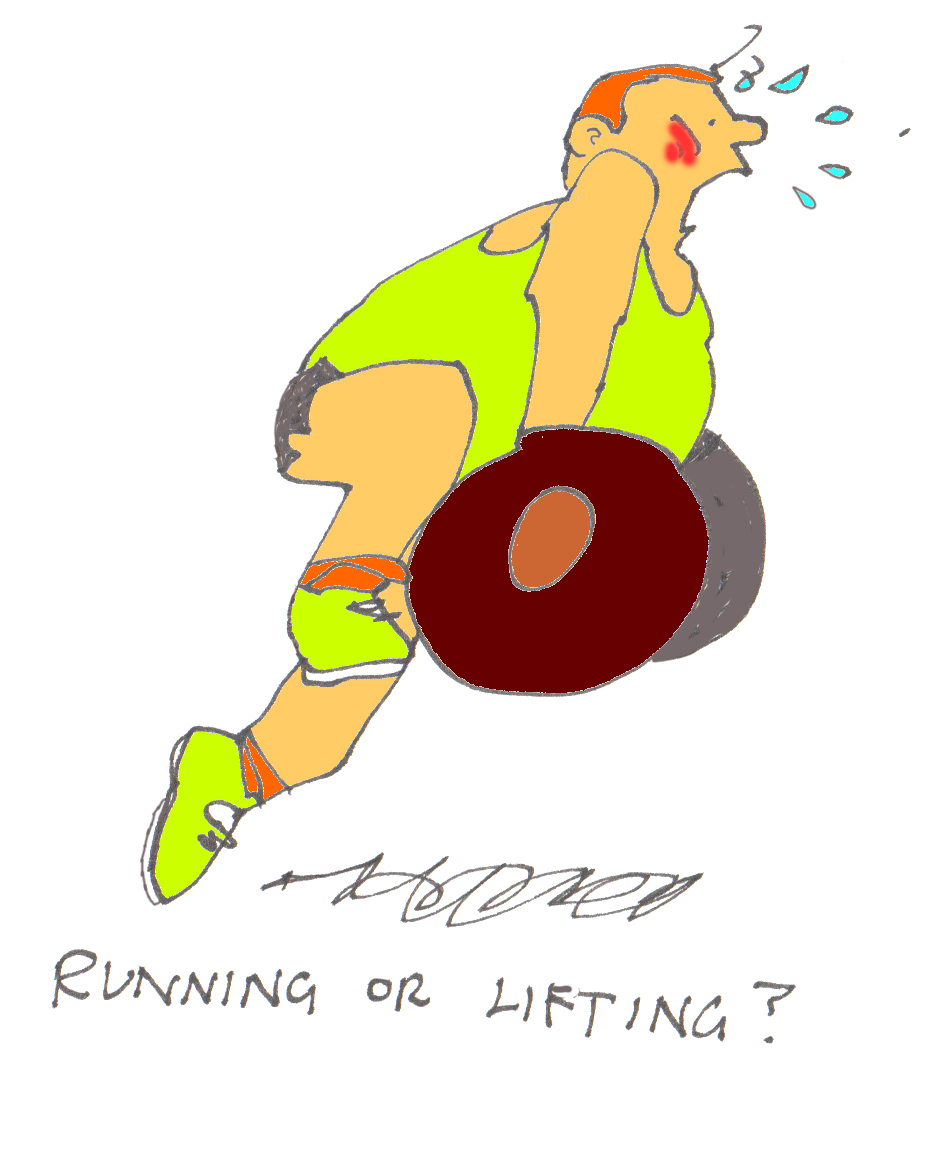EXERCISE, FITNESS AND DISEASE
Better to hunt in fields, for health unbought,
Than fee the doctor for a nauseous draught,
The wise, for cure, on exercise depend;
God never made his work for man to mend.
~John Dryden 1700
The whys and wherefores of exercise
For the past few months I have written about the wherefores of exercise and it is now time to talk about the whys again. I will revisit the close relationships between physical activity, physical fitness, health and disease.
Good reasons for exercising
It is not all about the health benefits of being active – though this may be the only incentive for a very small number who just hate the idea of any sort of exercise. The vast majority of us, however, gain a lot of other benefits.
Exercise if fun! Of course not everyone finds it easy to identify a form of physical activity which gives them pleasure but the range of possibilities is so vast that it is a rare individual who cannot find any physical activity which they enjoy. If the rarity is you, can I suggest that you go for the activity which you dislike least? You may eventually get used to it – and even if you cannot find it fun, it will still be a small investment for a massive dividend.
Regular exercise makes you feel good – even smug! Everything is easier to do – and you can do so much more than the couch potato. It can also be an excellent vehicle for social activities.
The health benefits
The most telling argument for being a regular exerciser is that it gives you a longer and more enjoyable and illness free life. This may not seem such a big deal if you are young but as the years fly by the advantages of being physically fit accumulate while the penalties of too sedentary a lifestyle start to pile up.
Chronological age vs physiological age
In other words, number versus performance – age (chronological age) is the number and cardiorespiratory fitness (physiological age) the performance. The more exercise we take the fitter we are and the more slowly we deteriorate. As we age our powers diminish but the difference between individuals is much greater than can be explained by age alone. There is a genetic influence but the main decider of how much we can do is our habitual level of activity. A fifty year old regular runner or cyclist, for example, may have a cardiorespiratory fitness (CRF) equivalent to the average of non-exercisers in their twenties.
The relevance of physiological age is that it predicts susceptibility to non-communicable disease (NCDs). The NCDs include such conditions as heart disease, stroke, diabetes, osteoporosis, osteoarthritis, dementia and Parkinson’s disease. These are the conditions which plague our later years and lead to loss of mobility, problems with performing the activities of daily living and ultimately to premature debility and dependency, otherwise known as frailty.
Most NCDs do not have a single simple cause but a variety of contributory risk factors which come together to make you ill. Most of these are lifestyle choices. It is often difficult to decide whether a particular condition is a risk factor or a disease, particular since many diseases are also risk factors for other diseases. So I will describe risk factors and diseases without trying to distinguish between them. What you will find is the close interconnectedness between the different risk factors and diseases – and the fact that regular exercise not only prevents these conditions but is also an effective treatment for most of them.
PS
Last week I had a guest blog – but did not include a link for the blogger – Sheila Johnson. Try this
Subscribe to the blog
Categories
- Accelerometer
- Alzheimer's disease
- Blood pressure
- BMI
- Cancer
- Complications
- Coronary disease
- Cycling
- Dementia
- Diabetes
- Events
- Evidence
- Exercise promotion
- Frailty
- Healthspan
- Hearty News
- Hypertension
- Ill effects
- Infections
- Lifespan
- Lipids
- Lung disease
- Mental health
- Mental health
- Muscles
- Obesity
- Osteoporosis
- Oxygen uptake
- Parkinson's Disease
- Physical activity
- Physical fitness
- Pregnancy
- Running
- Sedentary behaviour
- Strength training
- Stroke
- Uncategorized
- Walking


